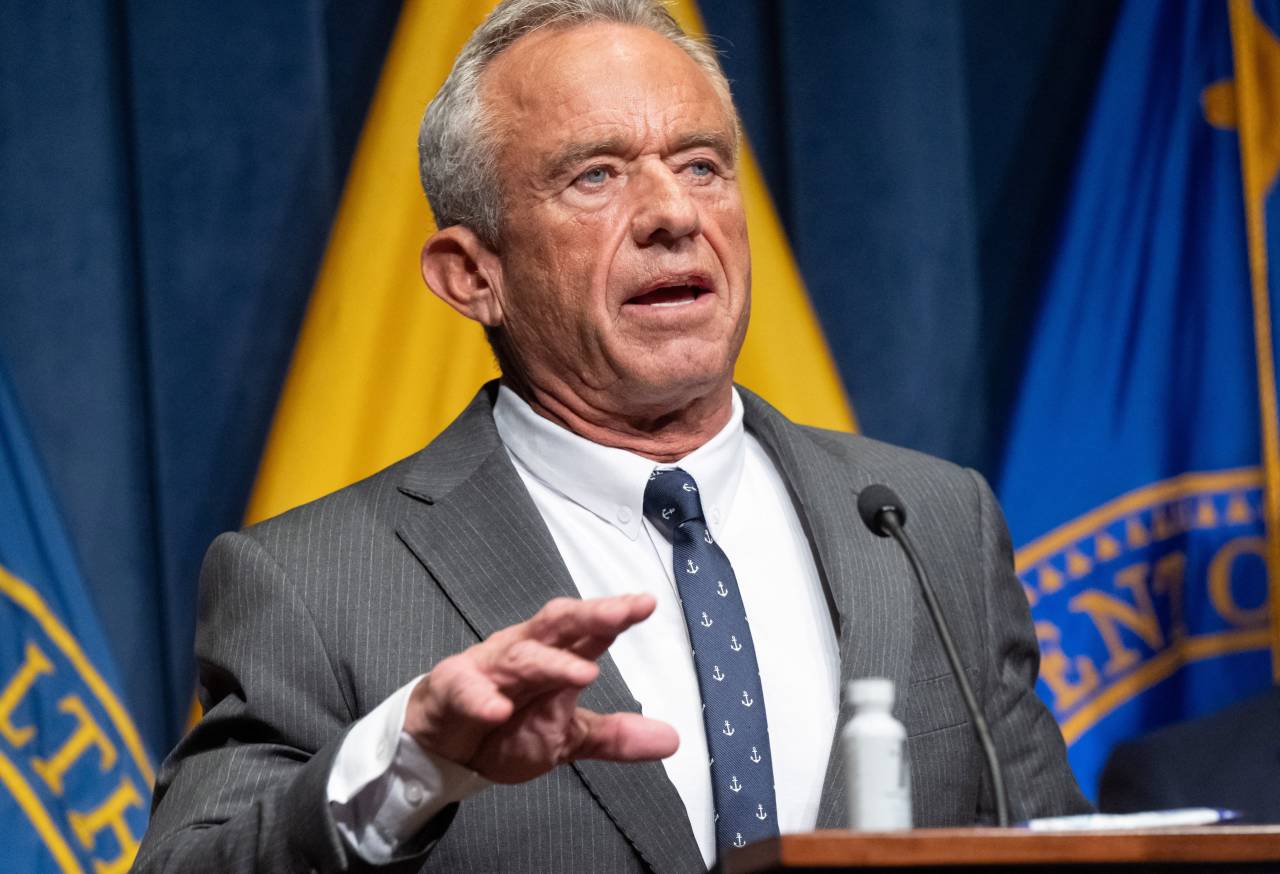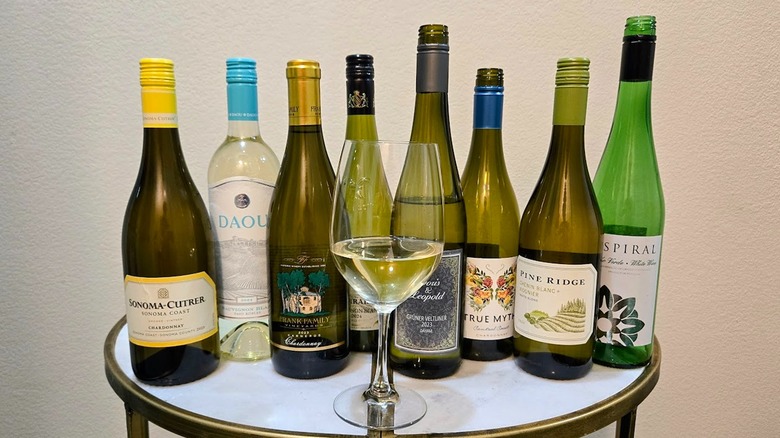Sotera Health Q3 2025 Earnings Call Highlights

Sotera Health's Q3 2025 Earnings Call Transcript
Sotera Health Company (NASDAQ:SHC) reported earnings for the third quarter of 2025, but fell short of expectations. The company reported an EPS of $0.1688, below the expected $0.22. During the call, the operator welcomed participants and provided instructions for the event, which was recorded. Jason Peterson, Vice President of Investor Relations, introduced the speakers, including Chairman and CEO Michael Petras and CFO Jon Lyons. He emphasized that forward-looking statements made during the call are subject to risks and uncertainties, and referred listeners to SEC filings for more details.
The company presented both GAAP and non-GAAP financial measures, including adjusted EBITDA, adjusted EBITDA margin, tax rate applicable to net income, adjusted net income, adjusted EPS, net debt, and net leverage ratio. A reconciliation of these measures is available in the press release and supplemental slides. The operator assisted with the Q&A session, asking participants to limit their questions to one per person to allow everyone an opportunity to ask questions.
Michael Petras provided an overview of the company’s performance in the third quarter. He highlighted strong top-line growth, double-digit adjusted EBITDA growth, and a 150 basis point margin expansion. Total company revenues increased by 9.1%, while adjusted EBITDA rose by 12.2%. Sterigenics delivered 9.8% top-line growth, driven by consistent performance across core medical device customers. Nordion achieved 22.4% revenue growth, primarily due to the timing of reactor harvest schedules. Nelson Labs saw modest revenue declines but experienced segment income growth and margin expansion.
Petras also noted the company’s efforts to strengthen its balance sheet by paying down $75 million in debt, reducing interest expense by approximately $13 million annually. He reiterated the company’s reaffirmed 2025 revenue outlook and raised its adjusted EBITDA outlook. Additionally, he highlighted Nordion’s recent 25-year renewal of its Class 1B operating license, a significant milestone reflecting the company’s commitment to safety and operational excellence.
Jon Lyons provided a detailed review of the consolidated third-quarter results. Revenues increased by 9.1% to $311 million, with adjusted EBITDA rising by 12.2% to $164 million. Adjusted EBITDA margins reached 52.7%, up 147 basis points from the previous year. Interest expense for the quarter was $39 million, a decrease of $2.4 million compared to the same period last year. Net income for Q3 2025 was $48 million or $0.17 per diluted share, compared to $17 million or $0.06 per diluted share in Q3 2024. Adjusted EPS was $0.26, an increase of $0.09 from the third quarter of 2024.
Sterigenics continued its strong performance, delivering 9.8% revenue growth to $193 million, with segment income increasing by 11.6% to $107 million. Nordion’s third-quarter revenue increased by 22.4% to $63 million, with segment income rising by 19.9% to $38 million. Nelson Labs reported a 5% decline in revenue to $56 million, but segment income increased by 1.9% to $19 million, with a 229 basis point improvement in margins.
Lyons also discussed the company’s balance sheet, cash generation, and capital deployment activities. Year-to-date operating cash flow was $184 million, with capital expenditures totaling $87 million. The company maintained a strong liquidity position, with over $890 million in available liquidity, including $300 million in unrestricted cash and $600 million in available credit. The net leverage ratio improved to 3.3x at the end of the quarter, down from 3.7x at the end of 2024.
Looking ahead, the company maintained its full-year constant currency revenue growth outlook range of 4.5% to 6%, with adjusted EBITDA growth now expected to be between 6.75% and 7.75%. Foreign currency is expected to contribute approximately 25 basis points to revenue and adjusted EBITDA growth. Interest expense is expected to range from $154 million to $158 million, with an effective tax rate on adjusted net income expected to be between 29% and 31%.
Petras concluded the call with an update on the ethylene oxide (EO) personal injury claims in Cobb County, Georgia. He outlined recent court rulings that aligned with the company’s position that the evidence refutes the plaintiffs’ claims. The Georgia Court of Appeals vacated previous rulings and directed the trial court to apply the correct standard for general causation. In Phase II, all three plaintiffs' causation experts were excluded, leading to the dismissal of the cases.
The call concluded with an invitation for questions and answers, with the operator guiding participants through the process.


